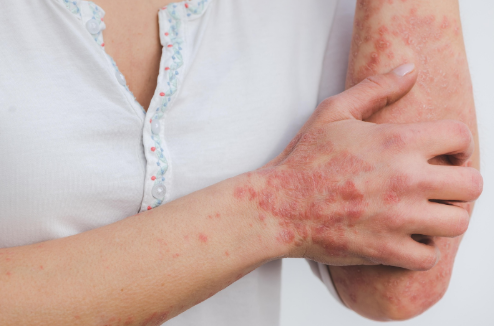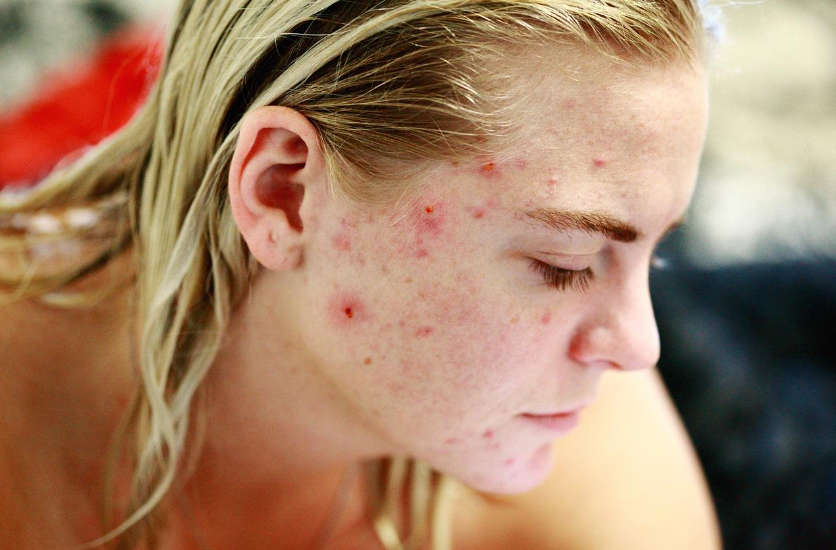The Sunscreen Dilemma - A Dermatologist's Perspective
PatientPoint Launch • July 30, 2019
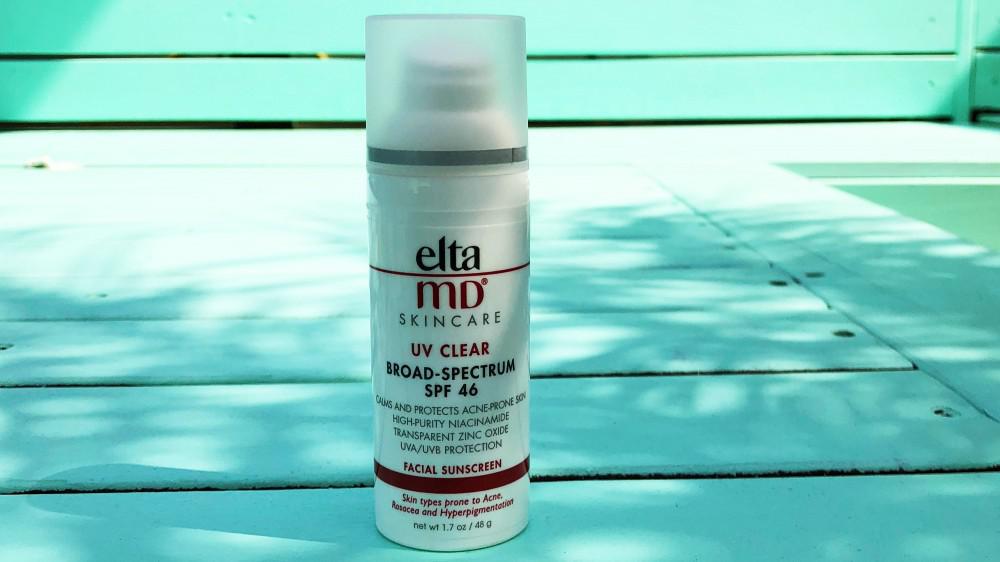
Before we delve into the current problems surrounding sunscreen, I want to begin by saying that I believe in the importance of sunscreen. I use sunscreen when I go outside (admittedly not always as often as I should), I use sunscreen on my two-year-old son, and my pregnant wife uses sunscreen as well. You can also reference our previous blog post on the subject by clicking here. Recently, several reports have cast doubt on the safety of sunscreen for both humans and the environment as whole. I believe it is important that we address these concerns and put them into perspective.
The most recent concern was raised by a recent study published in JAMA (The Journal of the American Medical Association). This study pertained to what we call chemical sunscreens and it demonstrated that when people applied these chemical sunscreens in the recommend amounts and at the recommend intervals, significant amounts of the active chemical agents found in the sunscreen were detectable in the blood. The chemicals in question include avobenzone, oxybenzone, octocrylene, and ecamsule and do not include zinc oxide or titanium dioxide. Zinc and titanium are ingredients commonly found in physical sunscreens.
The other new issue that raised concerns over sunscreen revolved around the new regulations in Hawaii, and Key West banning the use of oxybenzone and octinoxate (chemical sunscreen ingredients) as of January 1, 2021 and discussion of bans in other areas. These actions were taken in response to concerns that sunscreen may be affecting the aquatic environments in these areas, particularly the coral reef ecosystems. In addition, there is consideration to ban titanium dioxde and any products containing mineral oil or petrolatum (Vaseline). Hawaii.com discourages the use of titanium dioxide and recommends certain sunscreens that they deem safe. Some of the sunscreens they recommend are not typically thought of as quality sunscreens and as such, I do not recommend many of them to my patients. There are a few on their list that I would consider using such as Reef Safe Oxybenzone Free Biodegradable SPF 50 Sunscreen and Banana Boat Simply Protect SPF 50+ Sunscreen. While these are not my first choices and I have never used them, I do feel that they could be effective.
So what does all of this mean for us? I believe that the study published in JAMA raises a good question. Are these ingredients safe for humans and in particular are they safe for children and safe for use during a pregnancy? It also pushes the medical community, and the companies that make products with these ingredients, to answer this question and do so in a timely manner. Until we have the answers, if you are concerned, my recommendation is to use a physical sunscreen that contains either zinc oxide or titanium dioxide and if you are concerned about the oceans just go with old-fashioned zinc oxide. Zinc oxide has been around for quite some time and has a great track record with regard to safety. There are many over the counter sunscreens that contain zinc oxide and we sell several types in our office. Also remember that if you have specific questions that need to be answered, ask your health care provider. We are happy to answer these questions, address your concerns and make recommendations based on the best available information.
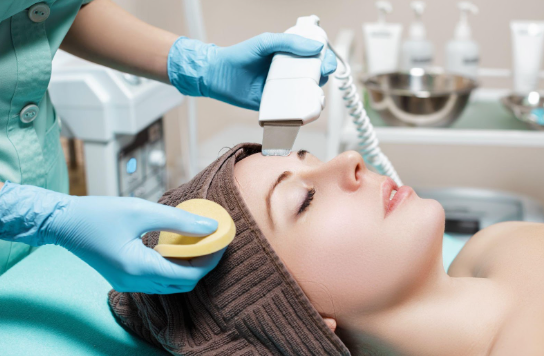
Your skin, the body's largest organ, is a vital indicator of your overall health. Changes in its appearance can signal underlying medical conditions that may require attention. Whether it’s ensuring you’re getting the right nutrients, managing stress, or seeking professional care, being attuned to what your skin tells you makes it easier to stay on top of your health.
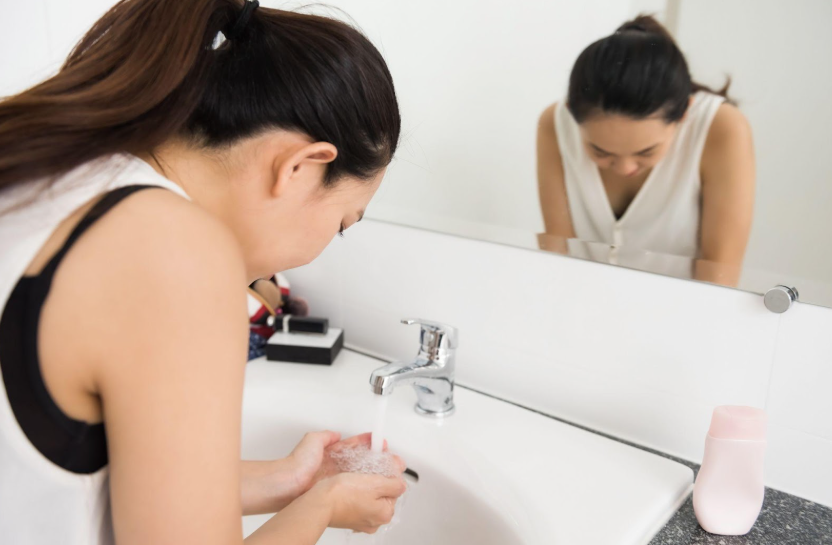
Achieving healthy, glowing skin begins with an effective cleansing routine. However, small mistakes can disrupt your skin’s natural balance, leading to irritation, breakouts, or premature aging. Avoiding these common errors and incorporating advanced techniques can significantly impact your skincare journey.

You’ve likely felt it in your life: that uncomfortable feeling of tightness, flakiness, and sometimes even itchiness that can make your skin look and feel less than its best. But what exactly causes dry skin, and how do you treat it? Don’t fret because we’ve put together some treatment tips that can help your dry skin regain its moisture.


